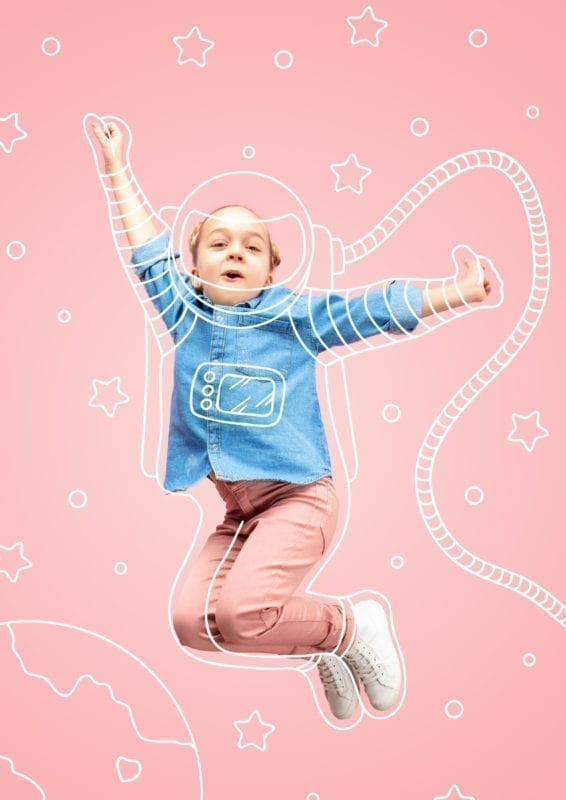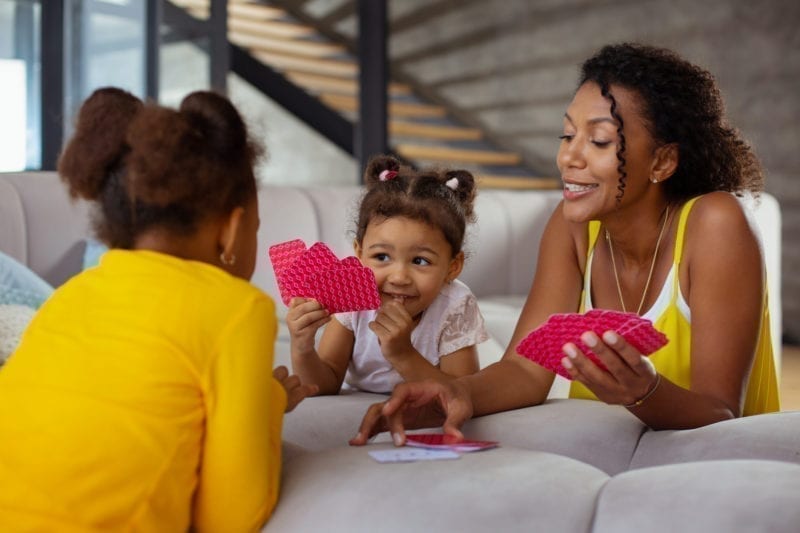
Despite the name “21st Century Skills,” the 4 C’s (communication, collaboration, critical thinking, and creativity) have been essential learning skills throughout the ages. Where would we be without the collaboration of the Wright brothers, the critical thinking of Galileo Galilei, or the creativity of Thomas Edison?
To prepare the children of today for the changing world of tomorrow, it’s our job to recognize these skills in them and help to develop them even further.
We’ve already examined how communication and collaboration overlap; now, let’s look forward at the other two essential learning skills: critical thinking and creativity.
Connecting Critical Thinking and Creativity
Critical thinking is the ability to use different types of reasoning to evaluate a situation, and it’s often used in the context of science, math, and problem solving. So how does this connect to creativity?
Though it doesn’t always appear so, the process of using critical thinking to solve a problem is creative in itself. The toughest problems can’t be solved without thinking outside of the box, and that’s exactly what creative thinkers do.
So how can we help our young learners think critically and creatively?
By recognizing that they already do! Kids are naturally curious, creative thinkers; by tapping into the skills they already have, we can give them the tools they need to keep growing.
Take a look at these five ways your child may demonstrate and refine their creativity and critical thinking:

What They Know: Building, Making, Fixing, and Inventing
Whether it’s a sand castle, a LEGO tower, or a Minecraft village, kids love to build and create. This process isn’t as simple as it may seem; kids face obstacles while engaging in this type of activity, and critical thinking skills allow them to overcome difficulties and move forward.
Help Them Grow: Encourage kids to keep building by showing genuine enthusiasm for their creations. Critical thinking skills (like predicting, reflecting, or differing perspectives) can also help them to find creative solutions when they encounter obstacles.
What They Know: Asking Questions
Why is the sky blue? Where do people come from? How long would it take to dig a hole through the Earth? If you’ve ever spent time with a curious kid, you’ve probably heard these and many more grandiose questions. Answering them is no simple feat, but these questions show the beginnings of creative and critical thinking!
Help Them Grow: Instead of brushing off questions you don’t know the answer to (or even answering the ones you do), try pushing kids’ curiosities further by asking questions of your own. “What do you think?”, “How could we find out?”, and “Let’s do some research” are great discussion starters that can lead to more advanced thinking
What They Know: Forming Opinions
Whether they vocalize them or not, children form opinions about issues in their lives just as adults do. Analyzing any situation to reach a conclusion is critical thinking at its core; if kids can reflect on circumstances, rather than react to them, they’ll be better equipped to analyze any situation that comes their way
Help Them Grow: In order to think critically about theirs and others’ opinions, it’s important for kids to be able to differentiate between opinion and fact. Once they understand this distinction, invite kids to share their opinion wherever it’s appropriate; you may be surprised at how insightful they can be!
What They Know: Playing Games

Whether it’s imaginative, structured, or somewhere in between, play is an integral part of learning for kids. Certain games are designed with critical thinking in mind, while others rely on players’ creativity to entertain. Even in free play, kids naturally use creativity and critical thinking to make their games more interesting.
Help Them Grow: To spice up family game night, try tossing out the old rules to a familiar game and encouraging your child to come up with a new set of guidelines. How many games can your family create using Scrabble tiles, dominoes, or the Twister mat? Reflect on what’s fun and what’s not, then start again from scratch!
What They Know: Making Mistakes
No matter how we may try to avoid them, we all—kids and adults alike—make mistakes. And we’ve all heard the adage: “Mistakes are an opportunity to learn.” It’s true! Doing something the wrong way offers the chance to analyze it from a new perspective, and come up with another solution; in short, to use critical thinking and creativity.
Help Them Grow: Mistakes can only help us learn if we’re not afraid to recognize them and try again. So rather than scolding a mistake, guide your child to recognize where they went wrong. Then, celebrate the opportunity to find a new, creative solution together!
Join our next webinar “Creating Creative Learners” on February 28 at 16:00 (CST). Sign up here!



